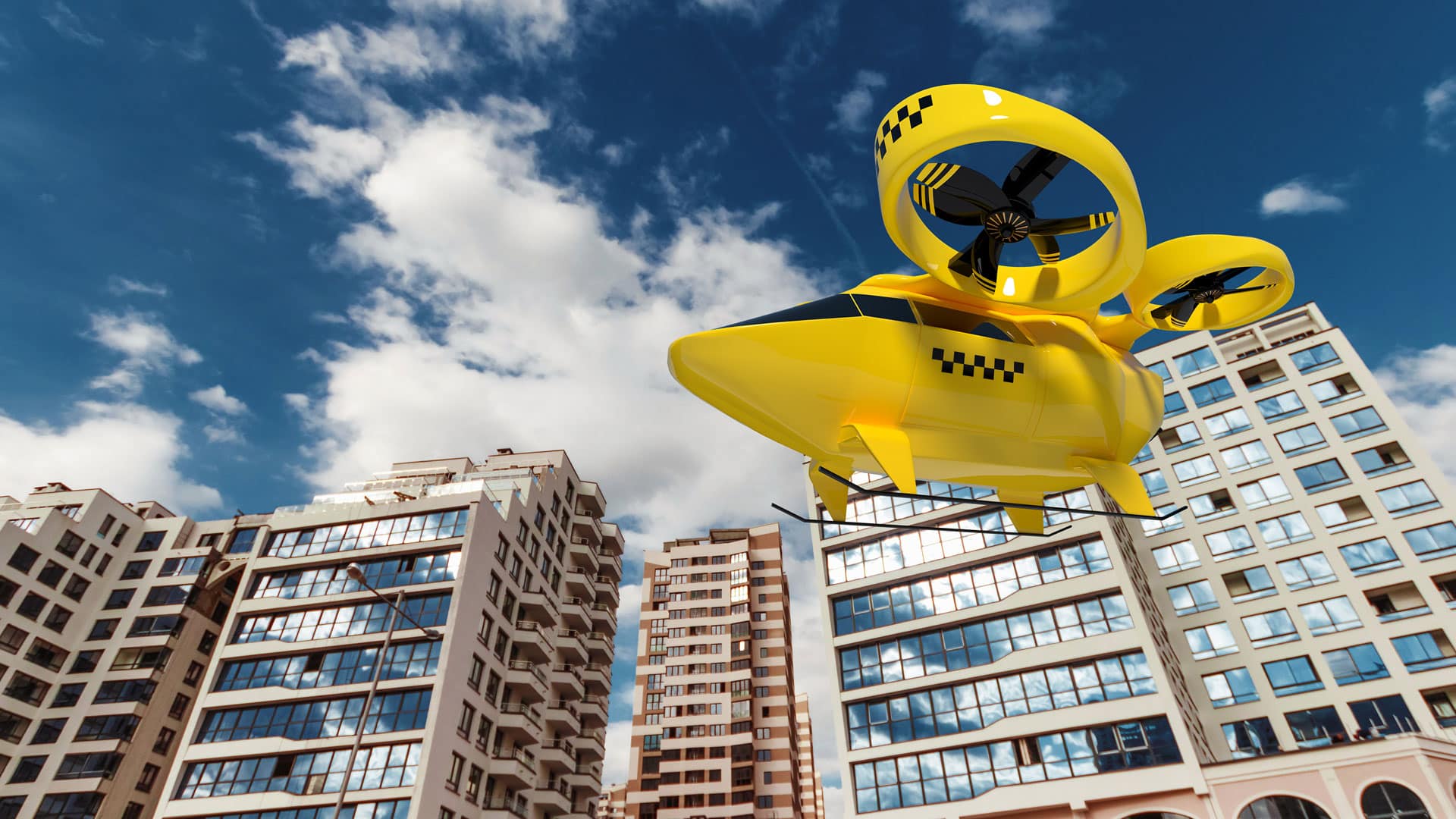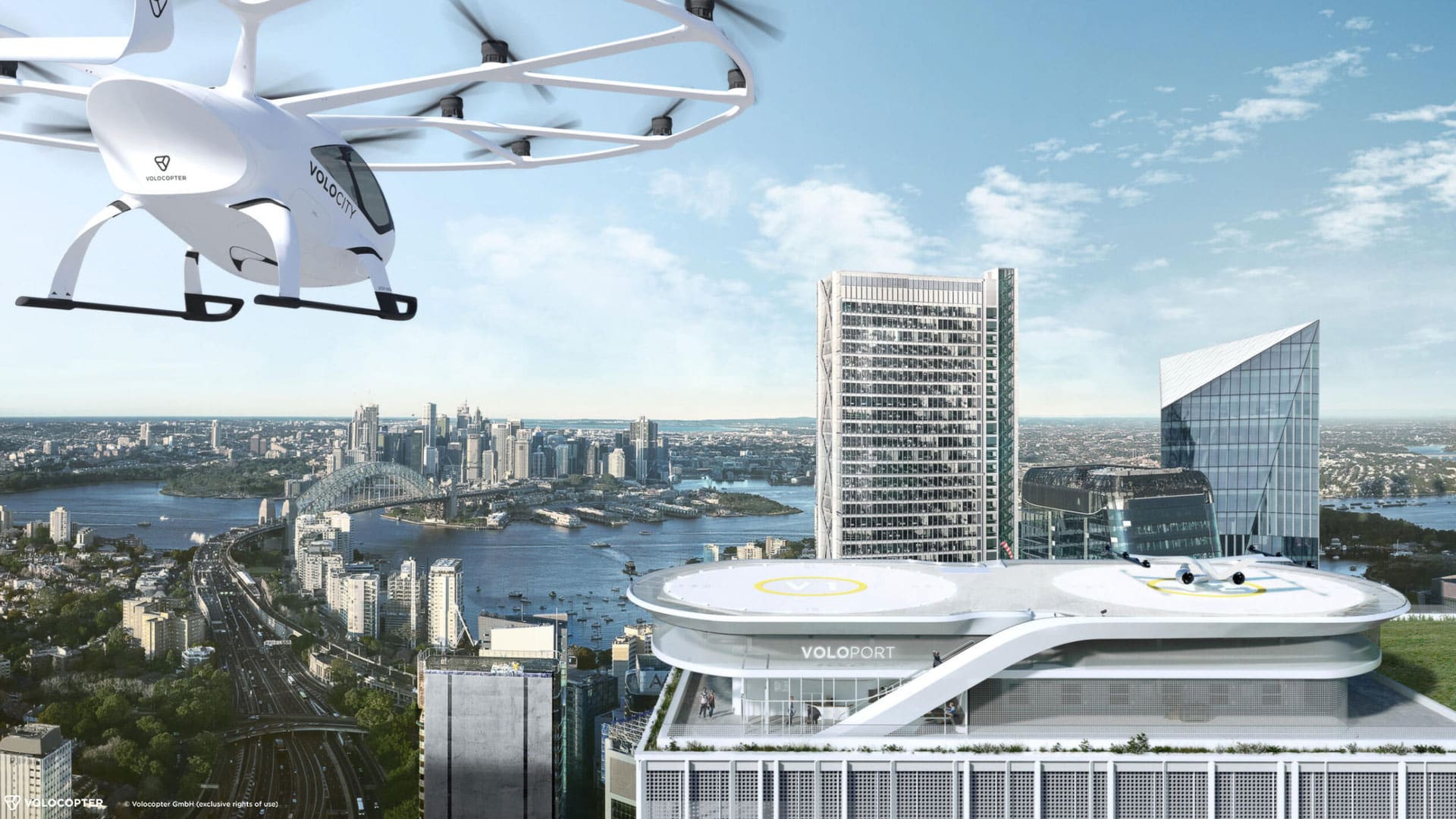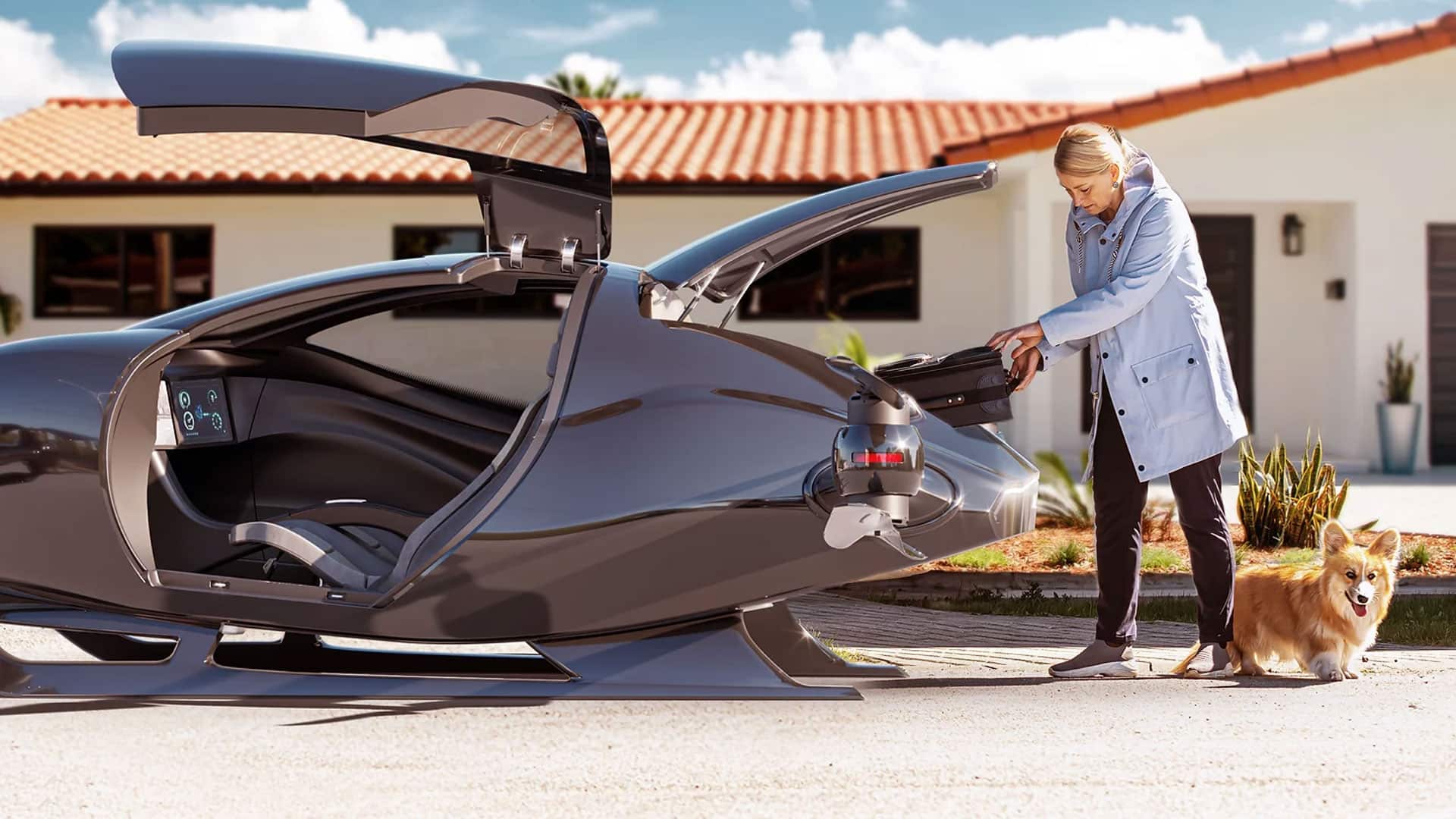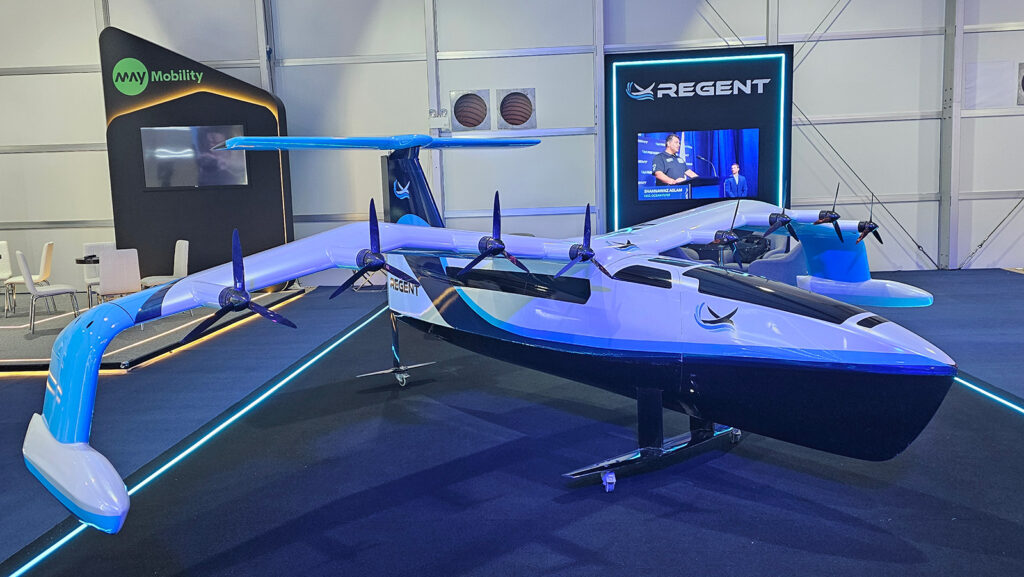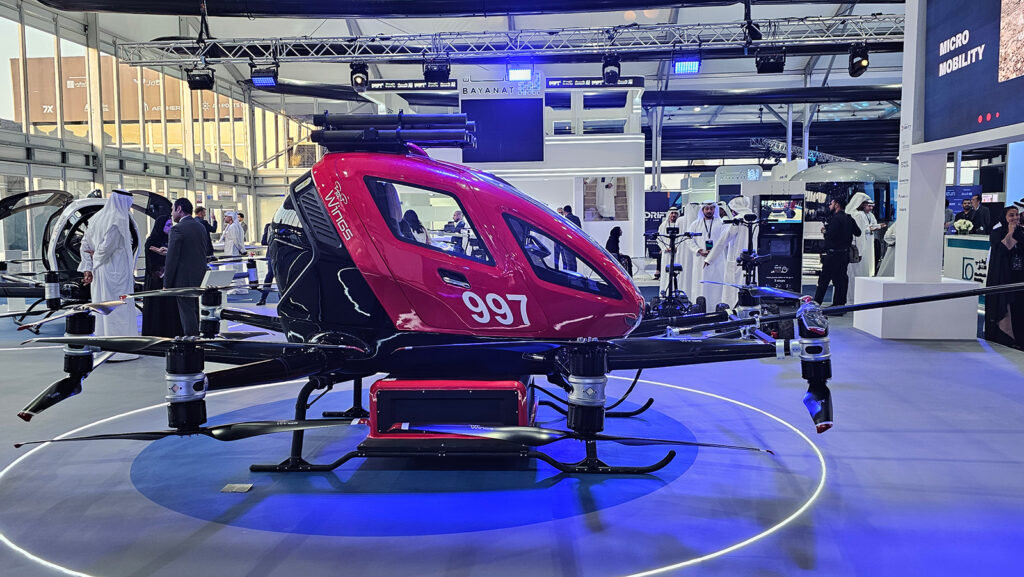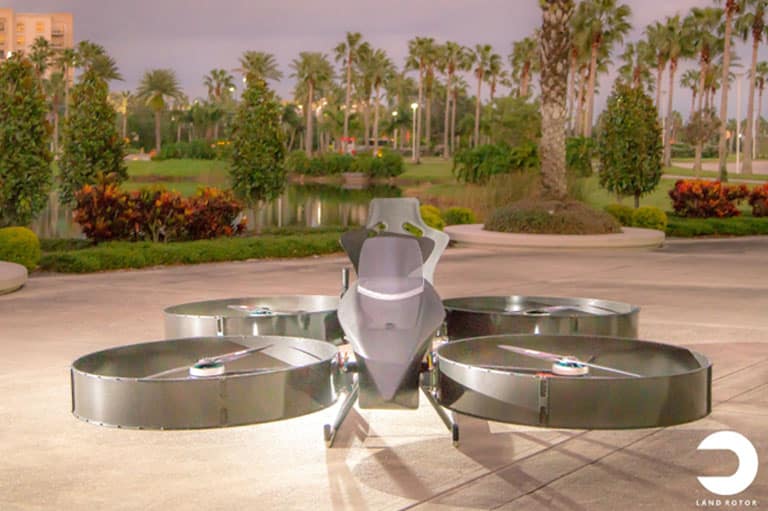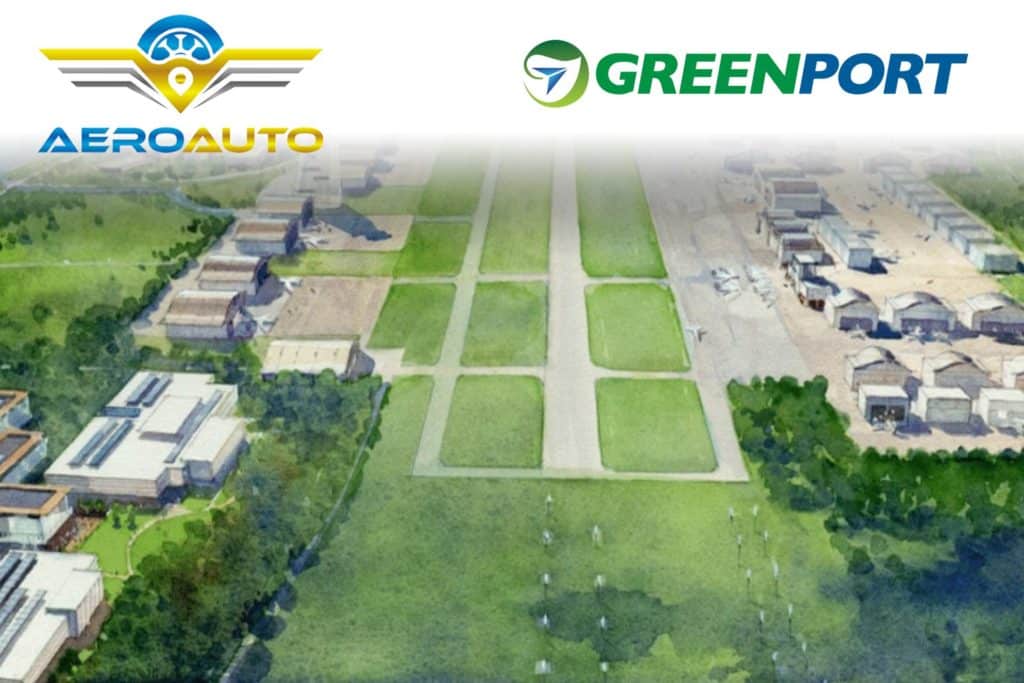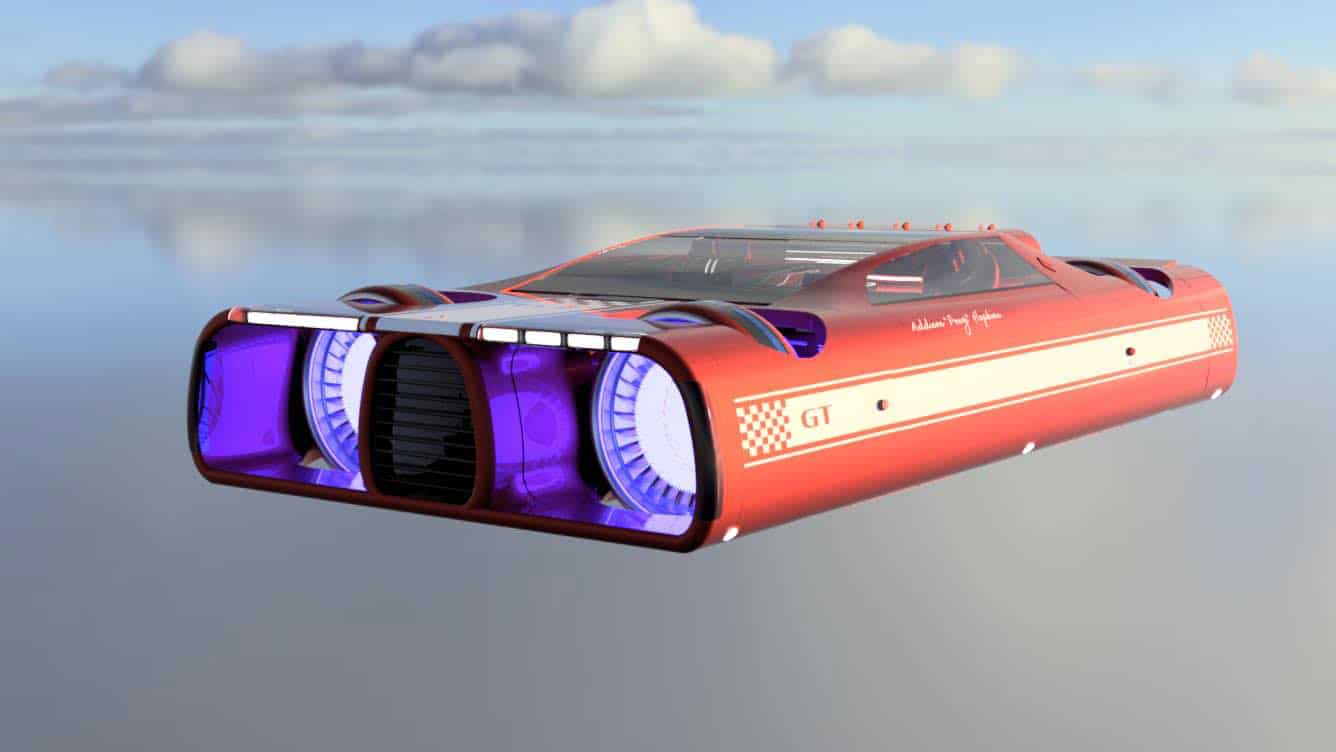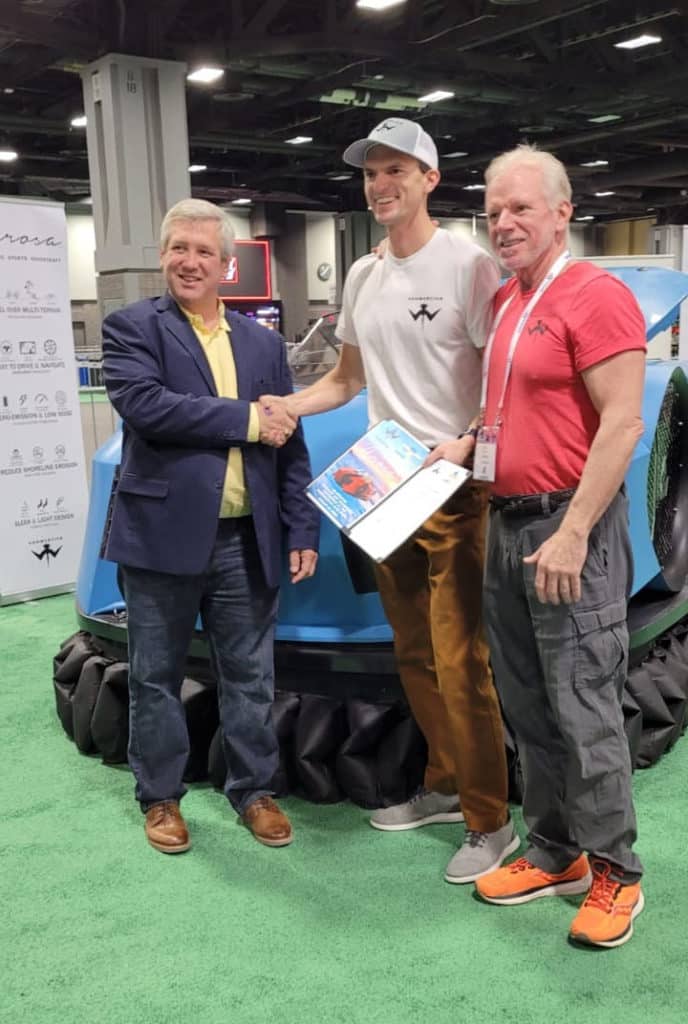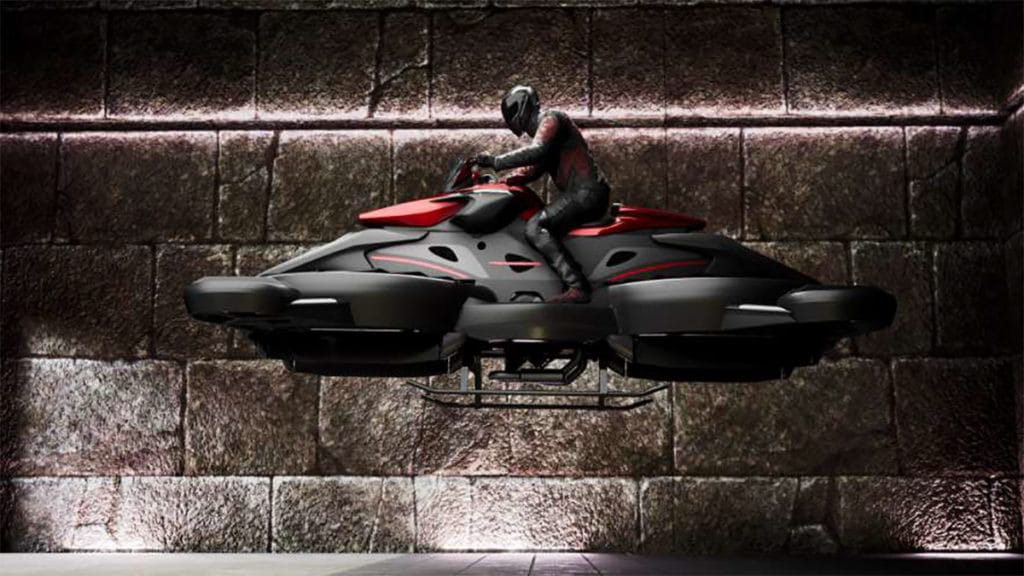Imagine a city where the sky is the highway, and the commute is a joyride. This future is fast approaching with Aeroauto’s cutting-edge (eVTOL) vehicles. Designed to overcome congestion, reduce carbon emissions, and provide unprecedented mobility, these wonders will transform travel.
With its forward-thinking and dynamic leadership, GREENPORT® International Airport & Technology Center has embraced the vision of a future where eVTOLs glide across the cityscape effortlessly. By signing the LOI with Aeroauto, they have laid the foundation for a world-class showroom and dealership facility. Sean Borman, the CEO of Aeroauto, expressed his enthusiasm for the project, stating: “This partnership marks a pivotal moment in transportation history. We’re ecstatic to collaborate with Greenport International Airport to introduce eVTOL technologies. Aeroauto’s commitment to creating a sustainable and efficient transportation ecosystem aligns perfectly with GREENPORT’s dedication to innovation and eco-friendly practices.”
GREENPORT International Airport & Technology Center, nestled amid the scenic beauty of Central Texas, is already renowned for its commitment to sustainability and cutting-edge technologies. Stephen Carpenter, the Managing Director & CIO of GREENPORT, said: “We’re thrilled to be part of this monumental endeavor. Aeroauto’s expertise in eVTOL technologies, our airport’s intelligent infrastructure, and our commitment to eco-conscious operations will make GREENPORT a global hub for AAM. We are forging a pathway to a greener, smarter, and more connected future. GREENPORT is committed to innovation, and this collaboration with Aeroauto aligns perfectly with our vision for the future. Together with our other partners, the Autonomy Institute, Advance Air Mobility Institute, Volatus LLC, and Ocean Aviation, we will create an atmosphere where the thrill of flight converges with the allure of the latest eVTOL wonders, providing our patrons an experience like never before!”.
The Aeroauto eVTOL showroom and dealership will showcase a mesmerizing fleet of futuristic vehicles offering many advanced air mobility solutions. Residents of Emerald Island, Texas, and visitors alike will have the opportunity to witness the future firsthand, exploring a vast array of eVTOL models and learning about their potential applications in a city of the future. But that’s not all! The Aeroauto facility will also house an exclusive Service Center with expert technicians. This dedicated maintenance hub will ensure that each vehicle receives top-tier care and attention, whether a customer’s treasured possession or a brand-new dream machine.
Examples of eVTOLs used within the City of the Future include Sky Commuting, Air Taxis, Medical Evacuations, Sightseeing and Tourism, Cargo Delivery, and Police, Fire, and Air Ambulance Emergency Responders. With the Aeroauto eVTOL showroom and dealership set to open by 2025, the City of Emerald Island is poised to shape a brighter, more sustainable future. The GREENPORT International Airport’s strategic location, dedication to environmental consciousness, and commitment to innovation make it the ideal destination for enthusiasts, investors, and stakeholders. This exciting collaboration is a testament to the boundless potential of AAM, paving the way for cities worldwide to embrace the future of transportation. GREENPORT’s transformation into a Global Center of Excellence for AAM will attract cutting-edge technological advancements and stimulate economic growth and job opportunities within the region.
In summary, the partnership of Aeroauto and GREENPORT sets a shining example of what’s possible when visionaries unite to create a better world. The era of eVTOLs and AAM is upon us. Emerald Island, Texas, proudly takes the helm in this thrilling journey toward a brighter, greener, and more connected future.



